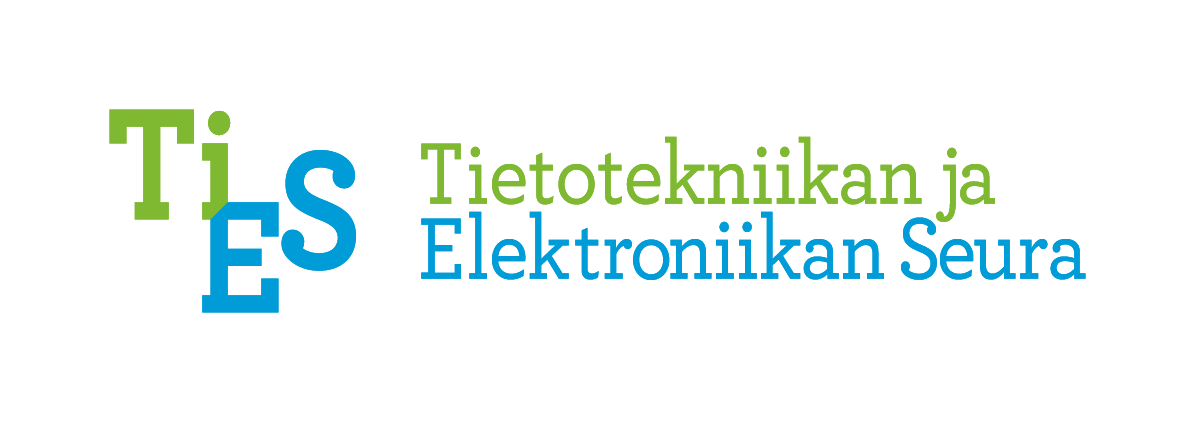Join Zoom Meeting
https://metropolia.zoom.us/j/62260865528
Meeting ID: 622 6086 5528
One tap mobile
+358341092129,,62260865528# Finland
+358942451488,,62260865528# Finland
Dial by your location
+358 3 4109 2129 Finland
+358 9 4245 1488 Finland
Meeting ID: 622 6086 5528
Esitelmän pitää Dr Jussi Säily, Senior Scientist, VTT Technical Research Centre of Finland
Esitelmä pidetään suomen kielellä ja esityskalvot ovat englanniksi.
Abstract
In order to take advantage of the full capability of 5G millimetre wave systems beam forming is required on
both sides of the radio link. Base station side can have complex high performance phased antenna arrays
while the mobile devices feature simpler beam steering or beam switching antennas. MIMO capable
antenna arrays have several independent antenna panels which can operate independent beams inside the
same antenna sector.
The main advantage of phased array antennas is spatial power combining which makes possible very high
equivalent isotropic radiated power (EIRP). A phased array antenna can point narrow antenna beams
toward users thus reducing stray radiation and increasing signal to noise ratio in the radio link. Nulls in
radiation pattern can also be generated toward possible interferers.
Typically a phased array antenna consists of several hundreds of antenna elements each having their own
power amplifier (PA) and low noise amplifier (LNA). This requires high component integration level into so-
called core chips having four or more antenna connections. Commonly used IC technologies are CMOS and
SiGe. The antenna element size at millimetre wavelengths (>30 GHz) is small thus enabling large scale
antenna arrays and separate TX and RX arrays.
In this presentation the basic concepts and some 5G and beyond phased antenna array examples are
discussed for different frequencies between 28 - 150 GHz.
VTT has decades long experience in developing millimetre wave integrated circuits (MMIC), printed circuit
board (PCB) and low temperature co-fired ceramic (LTCC) substrate manufacturing, antennas and
measurement technologies.

